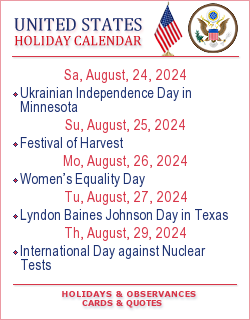An estimated 1 of 3 people worldwide celebrate Christmas, including 2.1 Billion Christians.
Christmas Eve refers to the evening or entire day preceding Christmas Day, a widely celebrated festival commemorating the birth of Jesus of Nazareth. Christmas Day is observed around the world, and Christmas Eve is widely observed as a full or partial holiday in anticipation of Christmas Day. Together, both days are considered one of the most culturally significant celebrations in Christendom and Western society.
Christmas has different meanings around the world. In Norway on Christmas Eve, after holiday dinner and the opening of presents, families hide all the brooms in the house. Norwegians believed in ancient times that witches and mischievous spirits came out on Christmas Eve, and would steal their brooms for riding. Christmas Eve in Japan is a good day to eat fried chicken and strawberry shortcake. In Argentina, a Christmas Eve night tradition includes ‘globos’, paper decorations with a light inside that float into the sky. The sky is filled with them on Christmas Eve after midnight.
Bolivians celebrate Misa del Gallo or “Mass of the Rooster” on Christmas Eve. Some people bring roosters to the midnight mass, a gesture that symbolizes the belief that a rooster was the first animal to announce the birth of Jesus. In Germany, Heiligabend, or Christmas Eve, is said to be a magical time when the pure in heart can hear animals talking. In Armenia, the traditional Christmas Eve meal consists of fried fish, lettuce and spinach.
In order for Santa to visit all the homes on Christmas Eve he would have to visit 842 homes each second. Santa Claus was a real Saint. He lived in Myra in the 300s. Myra is in what’s now Turkey. The German name for Saint Nicholas is Sankt Niklaus. According to the United Nations Children’s Fund (UNICEF), there are 2,106 million children under age 18 in the world. If there are on average 2.5 children per household, Santa would have to make 842 million stops on Christmas Eve, traveling 221 million miles. To reach all 842 million stops, Santa would need to travel between houses in 2/10,000 second, which means he would need to accelerate 12.19 million miles (20.5 billion meters) per second on each stop. The force of this acceleration would reduce Santa to "chunky salsa".
Source: wikipedia.org | unicef.org



